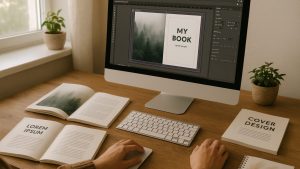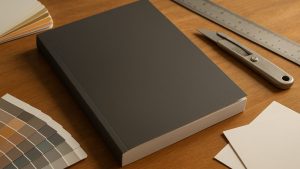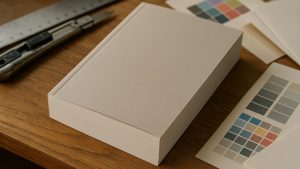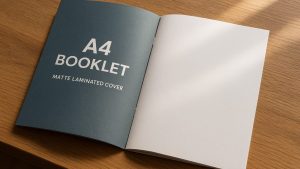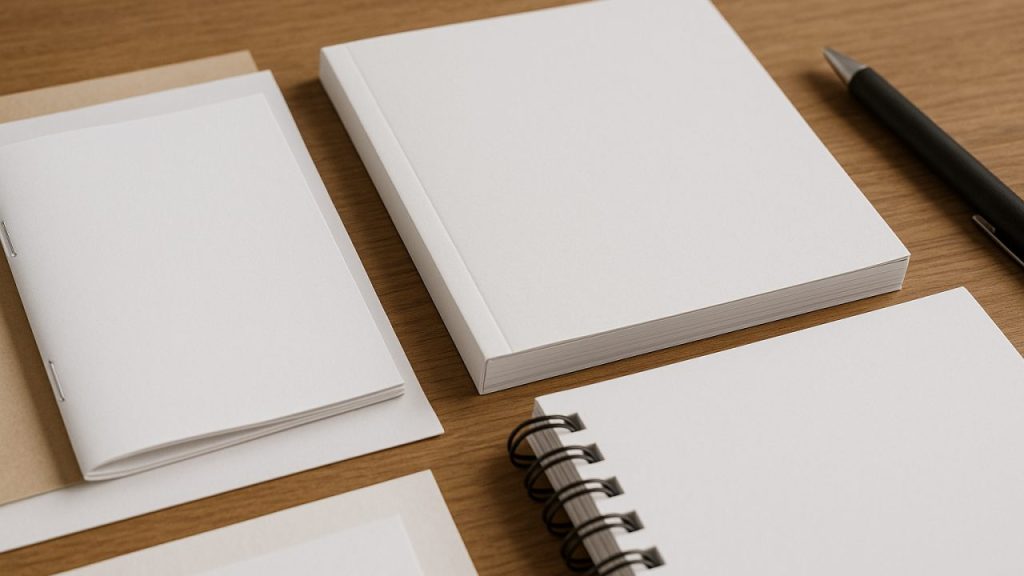
⏱️ Estimated reading time: 4 minutes
Booklet binding is one of those print services that’s been around forever, yet it continues to evolve and adapt to modern needs. If you’ve ever picked up a brochure, a manual, or even a wedding programme, you’ve probably noticed the variety of ways these booklets are put together. From simple stapled booklets to more sophisticated perfect bound or wiro bound options, each method has its own benefits and best uses.
At Newstyle Print, we get asked quite a bit about which booklet binding option suits different projects. And honestly, it’s not always about just the look. It’s about the feel, the durability, the page count, and even the environmental impact — something we care deeply about, especially with our growing eco-friendly range.
Understanding Common Booklet Binding Types
First off, let’s break down the main types of booklet binding you’ll come across:
- Stapled (Saddle Stitch) Booklets: This is probably the most familiar method, where folded sheets are nested and stapled through the fold line. It’s perfect for booklets with fewer pages — generally up to 64 pages, depending on paper thickness. It’s cost-effective and quick, making it ideal for event programmes, product brochures, or newsletters.
- Perfect Bound Booklets: Think of paperback books. The pages are glued together at the spine, creating a clean, flat edge. This method works best for thicker booklets — usually over 64 pages — and gives a more polished, professional look. It’s great for annual reports or catalogues where a sturdier spine is needed.
- Wiro Bound Booklets (Wire-O): This involves punching holes along the spine and feeding a wire comb through to hold the pages. It’s highly practical for manuals or workbooks since these can lay flat when open. You’ll find this handy when usability is a priority.
Helpful Tips for Choosing the Right Booklet Binding
Picking the right binding can feel a bit daunting, but here are some insights based on what we’ve seen work well for our customers:
- Consider the Page Count and Thickness: If your booklet is under 64 pages, saddle stitching usually does the job beautifully. But if you’re going heavier than that, perfect binding or wiro binding might be better to avoid bulky spines or pages falling out.
- Think About Usage: Will your booklet be handled a lot? For example, manuals that need to open flat benefit from wiro binding. For something more formal, like a company brochure, perfect binding offers an elegant finish.
- Paper Weight and Finish Matter: The feel of your booklet often comes down to the paper stock. Satin or silk finishes can make colours pop and feel smooth to the touch, while matte finishes offer a more understated, natural look. We also offer recycled paper options for those wanting to keep things green without compromising quality.
- Size and Customisation: Most booklets are printed in A4 or A5 sizes, but custom sizes are absolutely possible. This can help your booklet stand out — maybe a square format or a smaller leaflet-style booklet for easier distribution.
- Environmental Considerations: With print sustainability becoming increasingly important, opting for recycled paper stocks and eco-friendly inks helps reduce your carbon footprint. We’re proud to offer a range of recycled booklet options that don’t skimp on quality or vibrancy.
Case in Point: A Local Charity’s Annual Report
To put this into perspective, we recently worked with a local charity producing their annual report. They wanted something that looked professional but stayed within budget and reflected their environmental values. We recommended a perfect bound booklet printed on a recycled silk paper stock. The end result was a sleek, easy-to-read report with a tactile finish that really spoke to their supporters. Plus, the recycled materials aligned perfectly with their ethos.
Wrapping It Up
Booklet binding is a deceptively simple part of printing that can hugely affect how your message is received. Whether you’re producing a simple leaflet or a comprehensive product catalogue, understanding the different binding options helps you make smarter choices. At Newstyle Print, we combine experience with a passion for quality and sustainability—so whatever your project, you’ll get a booklet that feels just right.
I should mention that if you ever feel overwhelmed by the choices, having a chat with a print expert can really help clarify things. After all, a well-bound booklet isn’t just about holding pages together; it’s about telling your story in a way that lasts.
Written by Taylor Reed
Print Expert at newstyleprint.co.uk. They share practical insights from hands-on print work across litho, digital and wide-format projects.
Updated on 3 November 2025
Ready to print? Contact Newstyle Print for a fast quote today.
Call 01572 771377 or email hello@newstyleprint.co.uk
Get a quote »
